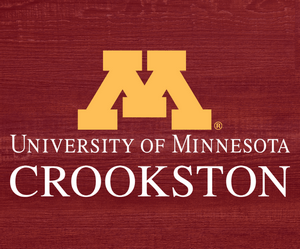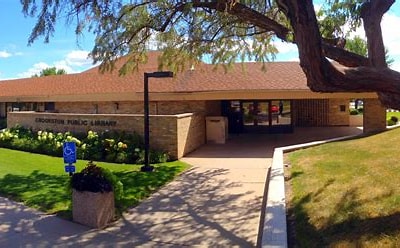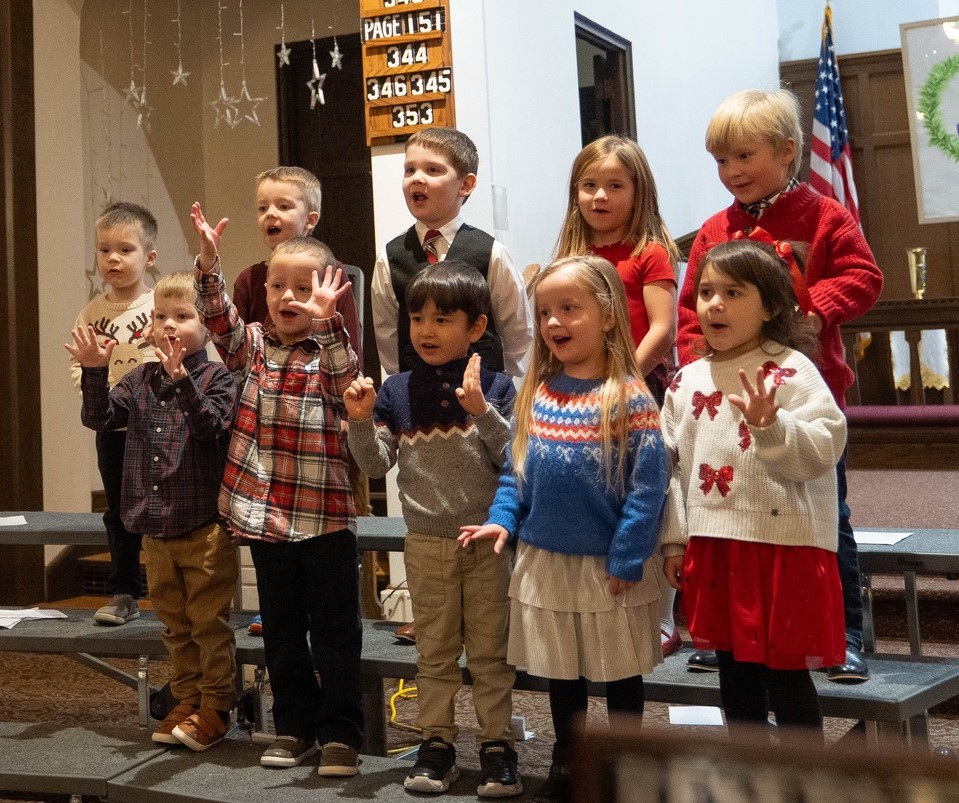Students at the University of Minnesota Crookston (UMC) are into their second week of taking all of their classes online and with a strong online degree offering, the transition has been smooth.
UMC Chancellor Mary Holz-Clause said things have been going well. “On March 13, our students left to go to their various places for spring break. Right before they left, they got a note that said – we’re going to go online,” said Holz-Clause. “Of course, about 1,200 of our students were already online, and then, the other 800 of them got to have the online learning experience, so it’s going pretty well. For about 10 days, when we thought this first might happen, we were able to provide some online training for our instructors and faculty members. Then, probably about half of our faculty members were already teaching online. I think for us, it was less of a transition than for other universities that didn’t have such a strong online, to begin with.”
Holz-Clause said most students and staff were already familiar with the online learning system before the change. “Most of them are familiar with it,” said Holz-Clause. “It was also interesting because I remember asking March 11 or 12 to let me know how many of our professors and instructors have gone into our online learning system. At that point, I think it was 93 percent of them had been in and set up their accounts. So, both our instructors and our students have been online. We’re also utilizing some lecture times using a platform called Zoom. Everybody is learning which buttons you hit and how to communicate on that platform too. I’ve had emails with some of the students, and they are doing quite well and emailing all the faculty and staff today. It seems like everybody has made the transition. We know there is a learning curve in this, but our faculty and staff have been amazing to be able to turn this around so quickly.”
Classes at UMC will remain online throughout the rest of the semester and commencement has been postponed. “Our students will be having all of their classes online through the end of the semester,” said Holz-Clause. “Our commencement has been postponed. We do hope that at some point in time, we’ll be able to have a commencement to celebrate and honor the great achievements of our students. But, just like everybody, we’re in this waiting phase and seeing that hopefully, things we’ll calm down and that we can life get back as we used to know it.”
With the closure, some students remain on campus. Some because they are employed on-campus and, in some cases, because they are international students who were unable to return home. “We have probably 35 to 40 students in our residence facilities right now. Some of them are employees, taking care of the animals, taking care of the plants. Some of them are international students who were unable to get a flight home because of the borders sort of shut down. Either their home country didn’t want them back, or they had a lot of flights that were canceled,” said Holz-Clause. “We’re down to about 10 percent of our on-campus students who are still here, which is a good workable number for everybody. Those students are now taking their classes online. All of our facilities are closed, they pick up their food at a location already prepared for them. So, just like everybody, we’ve had to learn how to make those adjustments and changes, but I think everybody is getting through it.”
As for employees, Holz-Clause said only those who need to be on-campus physically are there. The rest, including herself and the leadership team, are working from home. “On campus, we just have what we call our essential workers,” said Holz-Clause. “Those are the people who physically have to be there to do their job, and everybody else is in their homes right now. In fact, I’m not an essential worker, as most of my leadership team is. We’re all at home just like everybody else is trying to figure out how these new technologies work and how we communicate and work differently than we maybe have in the past.”
Tags:



